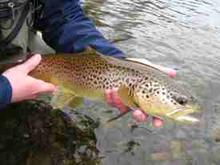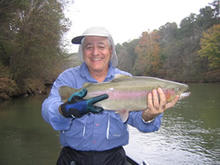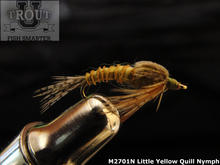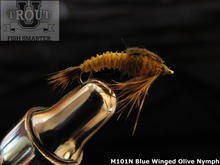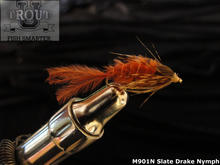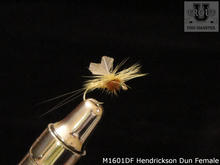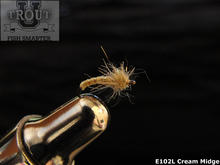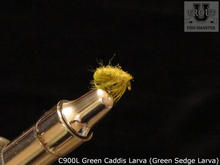South Holston Sulphur Hatch
The South Holston River, or SoHo as it is called, is living up to its reputation again this summer! The Sulphur Hatches this summer on the South Holston River have been nothing short of spectacular. These little yellow sailboats have almost covered the water on many days this year.






